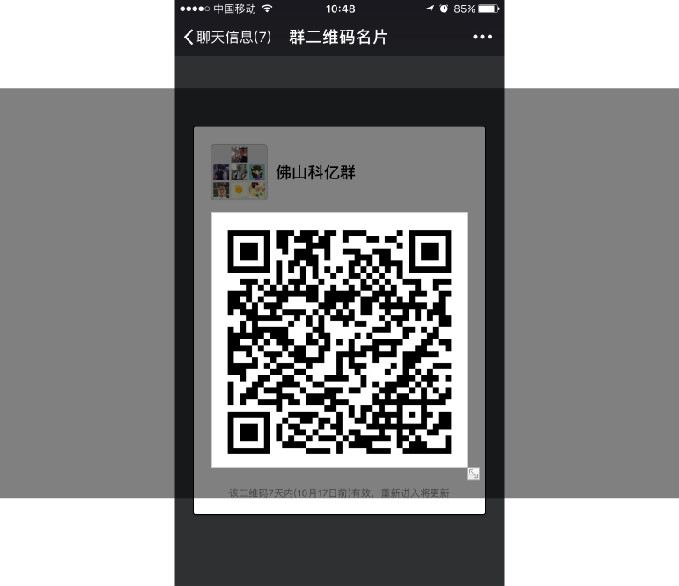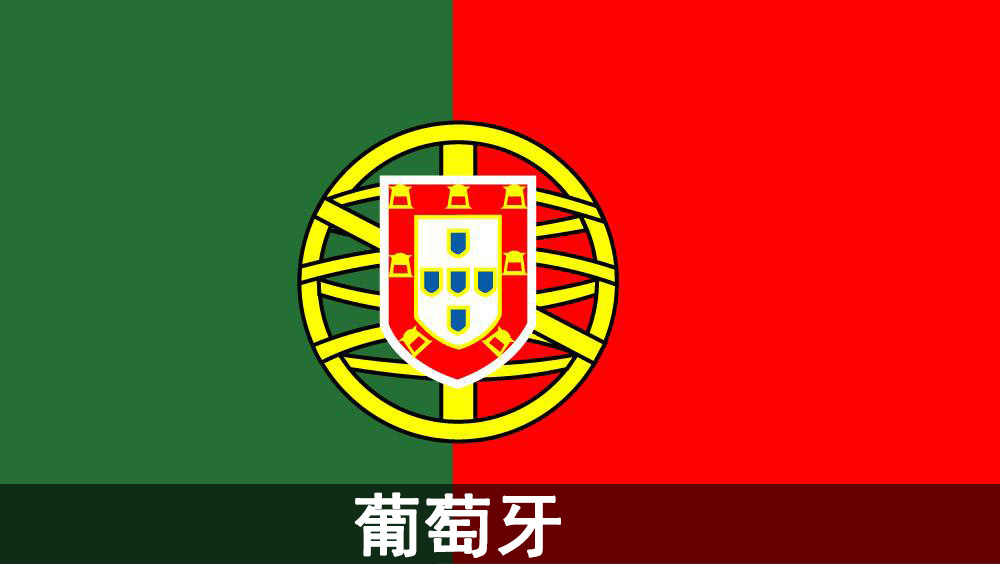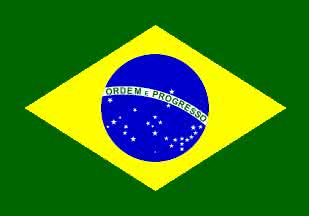INTRODUCTION TO THE PATENT APPLICATION OF INDIA
1. GENERAL INTRODUCTION TO THE PATENT LAW OF INDIA
The Patents Act 1970, along with the Patents Rules 1972, came into force on 20th April 1972, replacing the Indian Patents and Designs Act 1911.
Later, India became signatory to many international arrangements with an objective of strengthening its patent law and coming in league with the modern world. One of the significant steps towards achieving this objective was becoming the member of the Trade Related Intellectual Property Rights (TRIPS) system.
Significantly, India also became signatory of the Paris Convention and the Patent Cooperation Treaty on 7th December 1998 and thereafter signed the Budapest Treaty on 17th December 2001.
2. TYPE OF PATENT APPLICATION
The type of Indian patent comprises inventions and designs. According to the Patent Act of India, the patent administration department may carry out substantive examination to an invention patent application. The duration of the invention patent right shall be 20 years, commencing from the date of application. The duration of the design patent is 10 years, commencing from the date of application.
Patent applications in India can be filed as:
2.1 PROVISIONAL APPLICATION
A provisional application is a temporary application which is filed when the invention is not finalized and is still under experimentation.
Advantages of filing a provisional application
Applicant gets 12 months’ time to fully develop the invention and ascertain its market potential
Helps to establish “priority” right over the invention
Enables the applicant to use the term "patent pending” on their product
Less expensive to prepare and file the application
Enables the applicant to file International applications and claim priority within 12 months.
However, in order for the patent to be granted, a provisional application must be followed by a complete specification within 12 months. Moreover, the provisional application should be sufficiently detailed and must be drafted very carefully to ensure that the priority rights are secured for your invention.
2.2 ORDINARY APPLICATION OR NON-PROVISIONAL APPLICATION
An application for patent filed in the Patent Office without claiming any priority of application made in a convention country or without any reference to any other application under process in the office is called an ordinary application. An ordinary application must be accompanied with a complete specification and claims.
2.3 CONVENTION APPLICATION
An application for patent filed in the Patent Office, claiming a priority date based on the same or substantially similar application filed in one or more of the convention countries, is called a convention application. In order to get convention status, an applicant should file the application in the Indian Patent Office within 12 months from the date of first filing of a similar application in the convention country.
2.4 PCT INTERNATIONAL APPLICATION
PCT is an international filing system in which the applicant gets an international filing date in all the designated countries.
The applicant has a time limit of 30/31 months from the date of earliest priority to file National Phase Entry Application in the designated countries. PCT does not grant a Patent, the responsibility of granting or rejecting the patent application lies exclusively with the national/regional patent offices on the basis of their local Patent law and rules.
PCT National Phase Patent application designation India can be filed within 31 months from the date of the earliest priority.
3. REQUIRED DOCUMENTS FOR APPLICATION
3.1 Ordinary application /provisional and complete application –requirement:
w Name, Nationality and Address of the Applicant and the Inventor;
w Specification, Claims, Abstract (in English language);
w Drawings (if any);
w Power of Authority
w Proof of Right
w Category of the Applicant (Individual/small entity/large entity)
3.2 Convention application –requirement:
w Name, Nationality and Address of the Applicant and the Inventor;
w Specification, Claims, Abstract (in English language);
w Drawings (if any);
w Priority Details
w Certified copy of the priority document (with verified English translation if not in English);
w Power of Authority
w Proof of Right
w Category of the Applicant (Individual/small entity/large entity)
3.3 PCT application –requirement:
w Name, Nationality and Address of the Applicant and the Inventor;
w Specification, Claims, Abstract (with verified English translation if not in English);
w Drawings (if any);
w If PCT/IB/304 is not available, Certified copy of the priority document is required (with verified English translation if not in English);
w Power of Authority
w Proof of Right
w Category of the Applicant (Individual/small entity/large entity)
Notes: all of the documents must be submitted in English.
4. WHAT SHALL NOT BE GRANTED
According to Section 3 of the (Indian) Patents Act, 1970 below mentioned are not patentable in India:
An invention, that is frivolous or that claims anything obviously contrary to well established natural laws;
An invention, the primary or intended use of which would be contrary to law or morality or injurious to public health;
The mere discovery of a scientific principle or the formulation of an abstract theory;
The mere discovery of any new property or new use for a known substance or of the mere use of a known process, machine or apparatus unless such known process results in a new product or employs at least one new reactant;
A substance obtained by a mere admixture resulting only in the aggregation of the properties of the components thereof or a process for producing such substance;
The mere arrangement or rearrangement or duplication of known devices, each functioning independently of one another in a known way;
A method of agriculture or horticulture;
Inventions relating to atomic energy.
Any process for the medicinal, surgical, curative, prophylactic or other treatment of human beings or animals.
Plants and animals in whole or any part thereof other than microorganisms.
Mathematical or business method or a computer program per se or algorithms.
Literary, dramatic, musical or artistic works, cinematographic works, television productions and any other aesthetic creations.
Mere scheme or rule or method of performing mental act or playing game.
Presentation of information.
Topography of integrated circuits.
An invention which in effect, is traditional knowledge or is based on the properties of traditional knowledge.




























